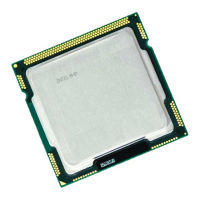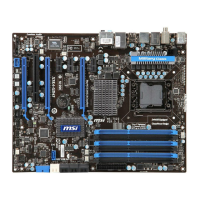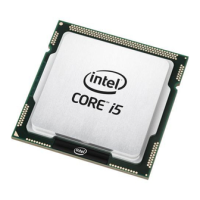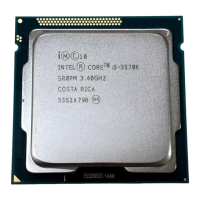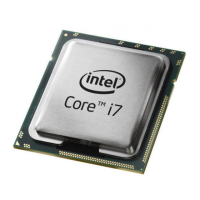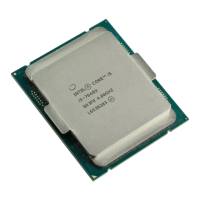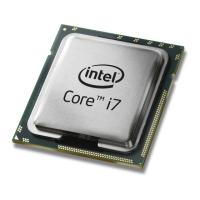Configuration
If your adapter supports FCoE RSS, the following configuration settings can be viewed and changed on the
Performance Options of the Advanced tab of the Network Adapter device properties:
l FCoE NUMA Node Count: The number of consecutive NUMA Nodes where the allocated FCoE
queues will be evenly distributed.
l FCoE Starting NUMA Node: The NUMA Node representing the first node within the FCoE NUMA
Node Count.
l FCoE Starting Core Offset: The offset to first NUMA Node CPU core that will be assigned to FCoE
queue.
l FCoE Port NUMA Node: Indication from platform of optimal closest NUMA Node to physical port, if
available. NOTE: This item is read only.
Performance Tuning
The Intel Network Controller provides a set of advanced FCoE performance tuning options. These options
direct how FCoE transmit/receive queues are allocated in NUMA platforms. Specifically, they direct what
target set of NUMA node CPUs can be selected from to assign individual queue affinity. Selecting a specific
CPU has two main effects: it sets the desired interrupt location for processing queue packet indications, and
sets the relative locality of queue to available memory.
As indicated, these are intended as advanced tuning options for situations where you wish to maximize
system performance. They are generally expected to be used to maximize performance for multi-port platform
configurations. Because all ports share the same default installation directives ("Inf" file and so forth), the
FCoE queues for every port will be associated with the same set of NUMA CPUs, which may result in CPU
contention.
The SW exporting these tuning options defines a NUMA node to be equal or equivalent to an individual
processor (socket). Platform ACPI information presented by the BIOS to the OS helps to indicate the relation
of PCI devices to individual processors. This detail is not currently fully supportedin all platforms however, so
using the tuning options may produce unexpected results.
The performance tuning options are listed in the "Configuration" section above.
Example 1:
A Platform is known to have two physical sockets, each socket processor providing 8 core CPUs (16 when
hyper threading is enabled). You have also installed a dual port Intel NIC with FCoE enabled.
By default 8 FCoE queues will be allocated per NIC port. Also, by default the first (non-hyper thread) CPU
cores of the first processor will be assigned affinity to these queues, resulting in the allocation model pictured
below. You can see that both ports would then be competing for CPU cycles from the same set of CPUs on
socket 0.

